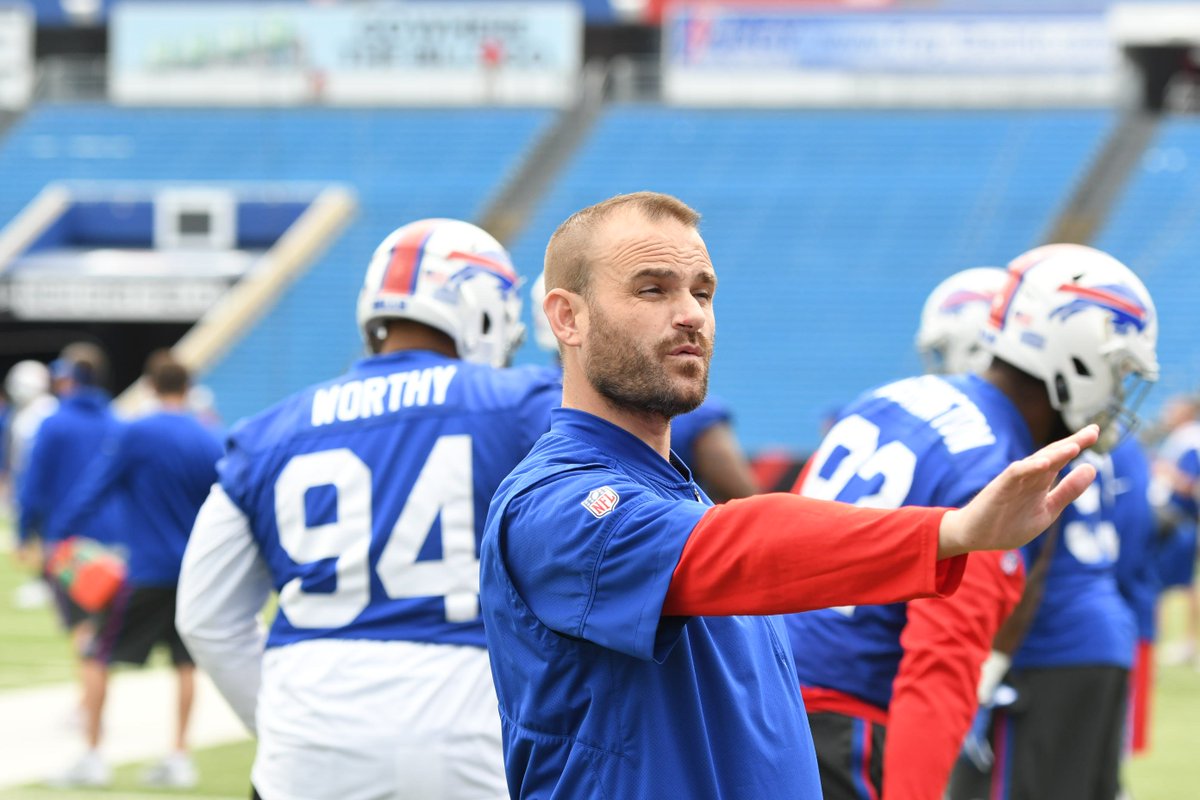
It used to be that when the ball was spotted away from the middle of the field, most Hokie defenders were assigned to specifically line up on either the wide side of the field (“field”) or on the narrow side (“boundary.”) What an offense can do when bunched up in the boundary is different from what it can do in the open space of the field, and a good defense can take advantage of this. Since most snaps take place away from the middle of the football field, it’s a sound strategy for the defense to embrace. Another bonus is that, unlike formation strength, an offense can’t change ball placement before the snap, so it’s harder for the offense to manipulate the defense.
Tech’s defensive ends were among the defenders who aligned to the hashes. The “stud” was generally a quicker guy who aligned to the field, while the “end” was a bigger guy who lined up on the boundary. The stud had room to align in a wide, hard-to-block angle, and the number of Hokie defenders crowded in the box meant he was tough to double. This meant a faster, smaller player (Lamar Cobb was listed at 216 when he started in 2000) could do well at the spot. The end position was more boxed-in and not as likely to have several other defenders near him, so a brawler who wasn’t necessarily as quick could do well there. Watching the defense in action, you’d find occasions where the end would help gum things up on boundary runs, and in the process give the stud time to run the play down from behind.
I think it was the 2015 season when Tech moved to working with left/right defensive ends, just like they’ve done with the cornerbacks. A likely reason for the cornerback change was that up-tempo offenses made it hard for corners to run from one side of the field to the other and get settled before the ball was snapped. That kind of running around could also be a problem for a big defensive end huffing it down the field, though I don’t think it was as important a factor as with the corners.
I can’t recall any meaningful comments by Coach Foster about the transition away from stud/end, but I can think of a few more reasons why college teams prefer left/right alignments for their DEs:
...Subscribe to read full story
Tired of low effort articles and clickbait? So are we. Subscribe to read great articles written by a full-time staff with decades of experience.
Already a subscriber? Login Here



